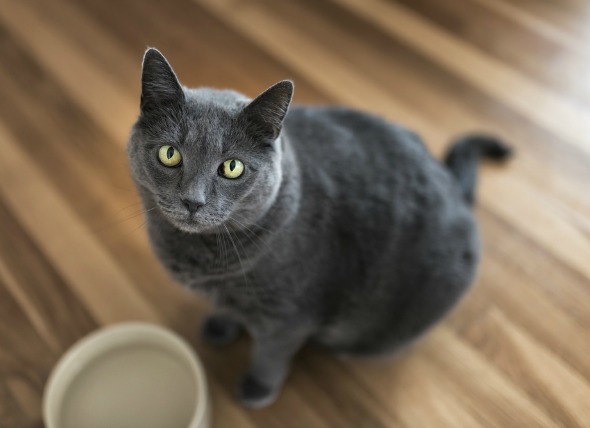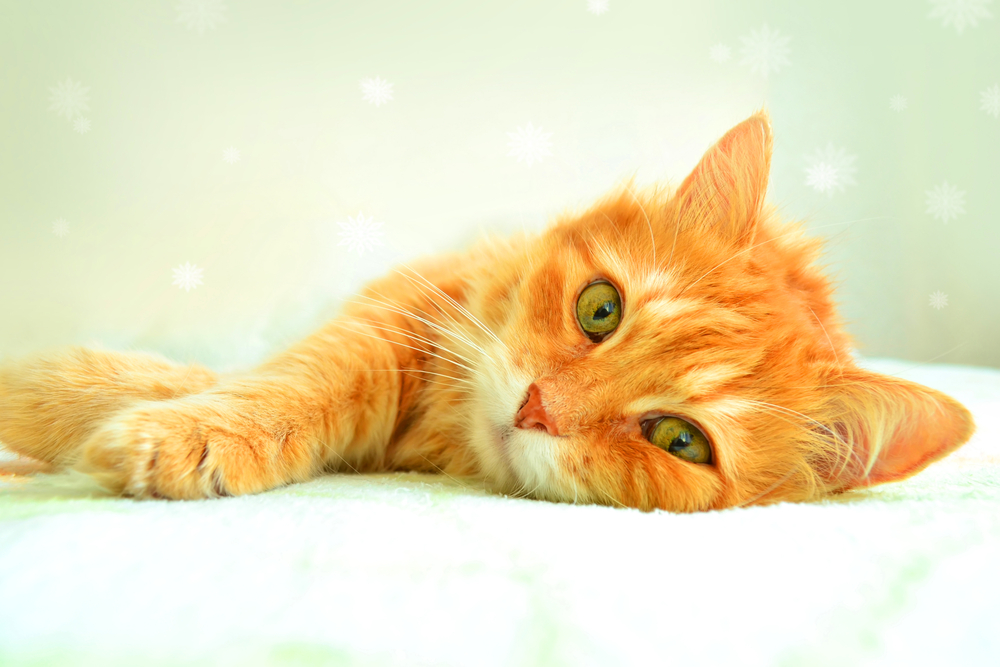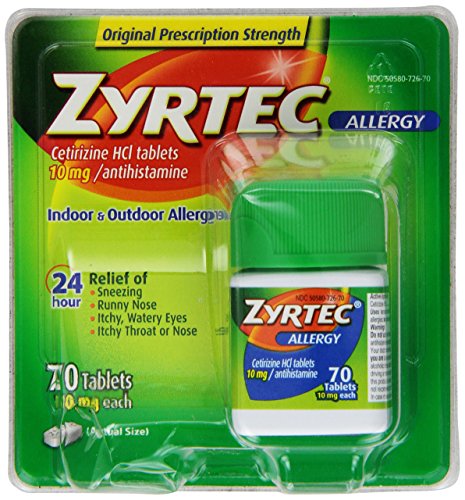

Cushing’s syndrome (hyperadrenocorticism) occurs when the adrenal gland produces too much cortisol. While cortisol is an essential hormone, elevated levels lead to illness. There are several possible causes to this disease, including a tumor in the pituitary gland or the outer layer of the adrenal gland. Although the disease is rare in cats, it is more likely to affect middle-aged or older cats and females more than males. Breed, however, does not seem to be a determining factor. In addition, diabetes almost always accompanies the ailment.
The tests listed below may be used to determine the underlying cause of your pet's disease:
Treatment options are limited. Medical therapy has not been shown to be very effective, but surgical removal of the affected adrenal gland, or both affected glands, is usually recommended. The surgery will require hospitalization.
Medication is generally necessary for the remainder of the cat’s life to compensate for the removal of the adrenal glands. Your veterinarian will give explicit instructions for administering these medications, and those instructions should be carefully followed. Cats generally do not tolerate the medications very well, so working out the dosage is complicated.
Pay close attention to the amount of water the cat is drinking and how much is being eliminated through urine. In addition, look for vomiting and/or diarrhea along with weakness, disorientation, and lethargy. Laboratory tests will determine insulin requirements and oral medications. Frequent blood tests will be required after surgery, as well as an evaluation several times a year.
Nothing can be done to prevent this disease. But if your cat is diabetic, ask your veterinarian to check to see if Cushing’s disease is the cause.
 Aspirin Poisoning in Cats
Aspirin Toxicity in Cats
Aspirin, a non-steroidal
Aspirin Poisoning in Cats
Aspirin Toxicity in Cats
Aspirin, a non-steroidal
 Dark Spots on the Eye in Cats
Corneal Sequestrum in Cats
Corneal sequestrum occ
Dark Spots on the Eye in Cats
Corneal Sequestrum in Cats
Corneal sequestrum occ
 Breeds of Hypoallergenic Cats
1 in 10 people suffer from p
Breeds of Hypoallergenic Cats
1 in 10 people suffer from p
 Neck and Back Pain in Cats
It is often difficult to determine the exact loca
Neck and Back Pain in Cats
It is often difficult to determine the exact loca
 High Blood Pressure in the Lungs in Cats
Pulmonary Hypertension in Cats
Pulmonary hyperten
High Blood Pressure in the Lungs in Cats
Pulmonary Hypertension in Cats
Pulmonary hyperten
Copyright © 2005-2016 Pet Information All Rights Reserved
Contact us: www162date@outlook.com